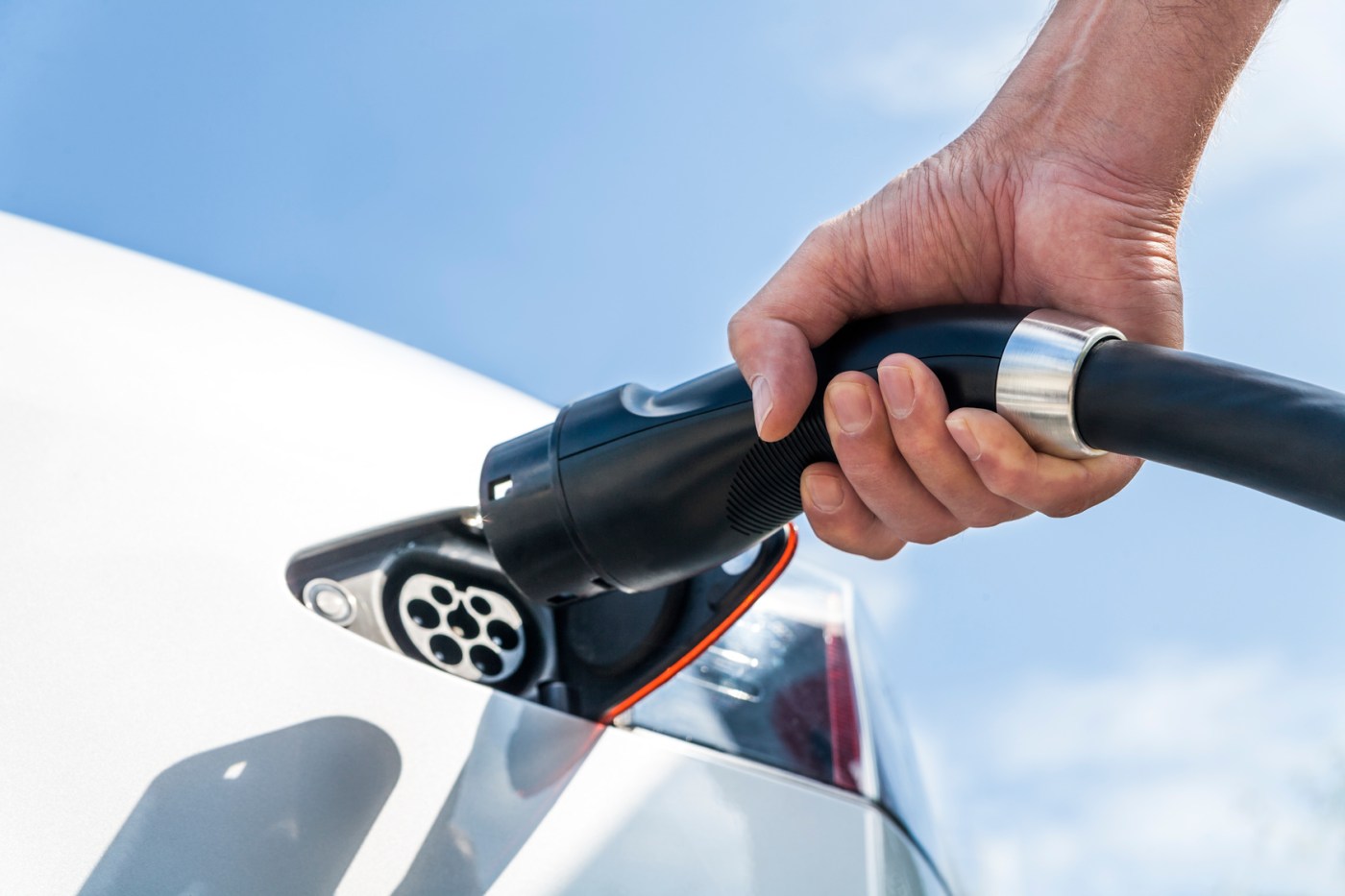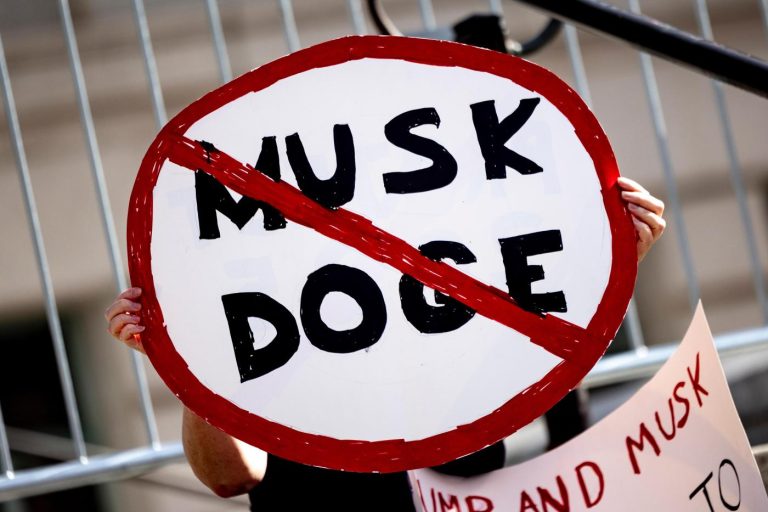The Clean Vehicle Tax Credit provides up to $7,500 to reduce the sale price of an electric vehicle, and the availability of the incentive continues to improve as more EV models meet the complex eligibility requirements. A streamlined “cash-on-the-hood” filing procedure has also boosted the attractiveness of the incentive, allowing consumers to lower the sale price at the time the EV is purchased instead of making them wait until the following tax season to claim the credit. The incentive was a major climate provision of the Inflation Reduction Act (IRA) and will remain available until the end of 2032, with even more EV models becoming eligible in the years ahead.
Electric vehicles that are currently eligible for the credit are listed on the Environmental Protection Agency’s fueleconomy.gov website, and the list has grown considerably since the passage of the IRA in August of 2022. The complex tax legislation disqualified all new EVs assembled outside of North America and implemented strict new requirements for the sourcing of battery materials. EV advocates were discouraged by the small selection of models that initially qualified for the credit, but many applauded the effort to bolster domestic EV manufacturing capacity. The list of qualified EVs now includes a fairly wide assortment of models, and the addition of a smaller tax credit for pre-owned EVs has provided new options for green consumers on tighter budgets.
It is especially helpful that Tesla has now qualified ten of its outstanding models for the credit. Tesla manufactures roughly half of all the EVs sold in the United States, dominating the market segment with state-of-the-art EVs and an extensive, reliable charging network. Tesla’s qualified EVs currently include four variants of its most affordable model, the Model 3, five variants of its popular Model Y, and a single variant of the Model X. The IRA’s complex battery requirements are structured so that some models only qualify for a half-credit of $3,750, but all ten from Tesla are eligible for the full $7,500 incentive. The 2024 Model 3 Rear-Wheel Drive is the most efficient vehicle on the EPA’s list, boasting a combined MPGe rating of 132.
Fully electric pickup trucks and SUVs are now well represented on the list. The pickups include two variants of Ford’s F-150 Lightning and seven variants of Rivian’s R1T. Eligible SUVs include eight variants of Volkswagen’s ID.4, Acura’s ZDX, Cadillac’s Lyriq, Chevrolet’s Blazer and Equinox, Honda’s Prologue, and five variants of Rivian’s R1S. Tesla’s Model X and Model Y are also classified as SUVs. In order for these larger vehicles to qualify, the MSRP is not allowed to exceed $80,000, and the price cap will disqualify some fully loaded models. All are eligible for the full $7,500 credit except the models from Rivian, which only qualify for the $3,750 half-credit.
Consumers looking to apply the full credit to smaller, more affordable EVs have fewer options. In addition to Tesla’s Model 3 variants, the list includes the Chevy Bolt and Bolt EUV, both of which have been temporarily discontinued. Two variants of the Nissan Leaf are eligible for the half-credit. Used EVs provide a lot more options and are subject to a price cap of $25,000. The credit will knock 30% off the sale price, but maxes out at $4,000.
The Clean Vehicle Tax Credit got off to a rocky start, but those days are over. If you want to pocket the savings, the selection of qualified EVs has never looked better.












